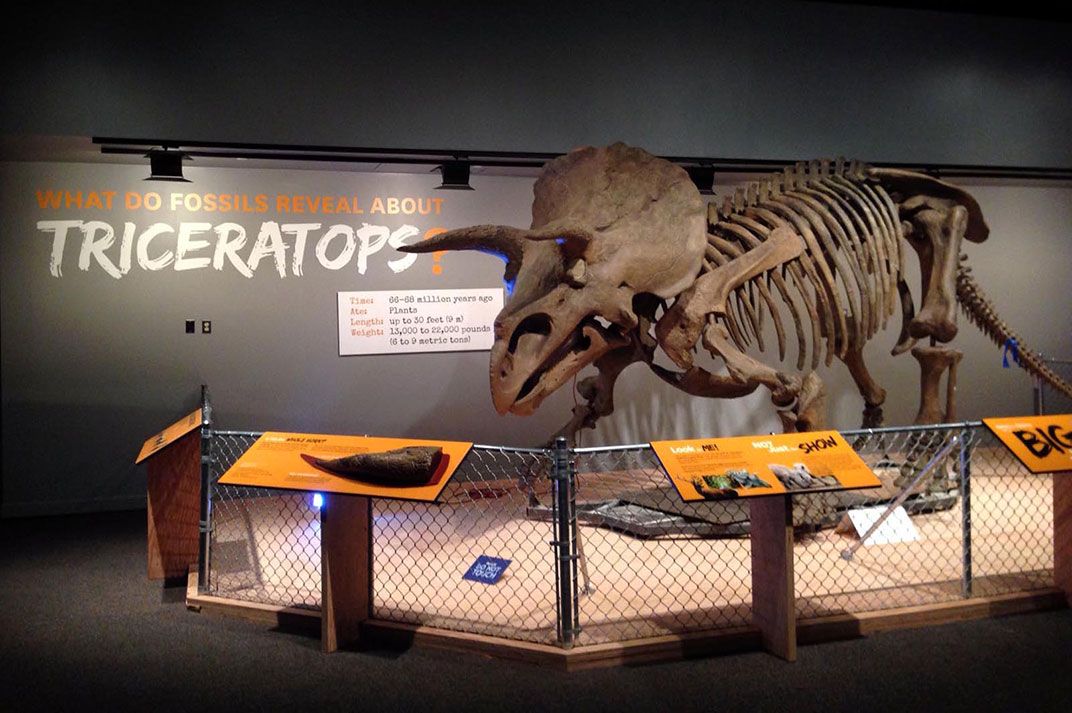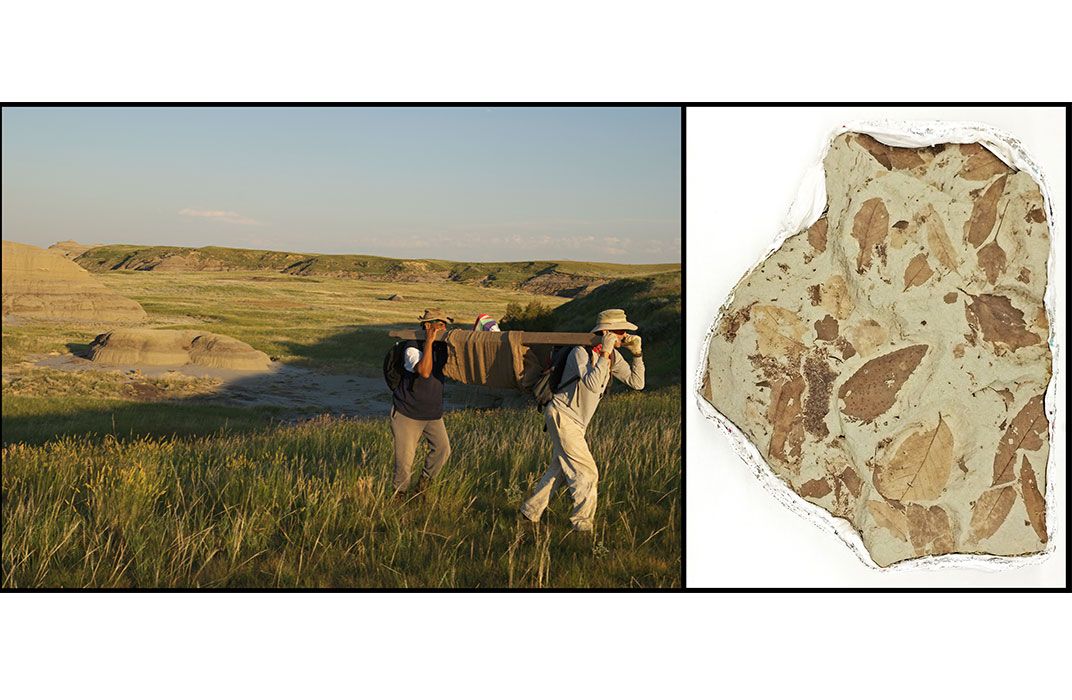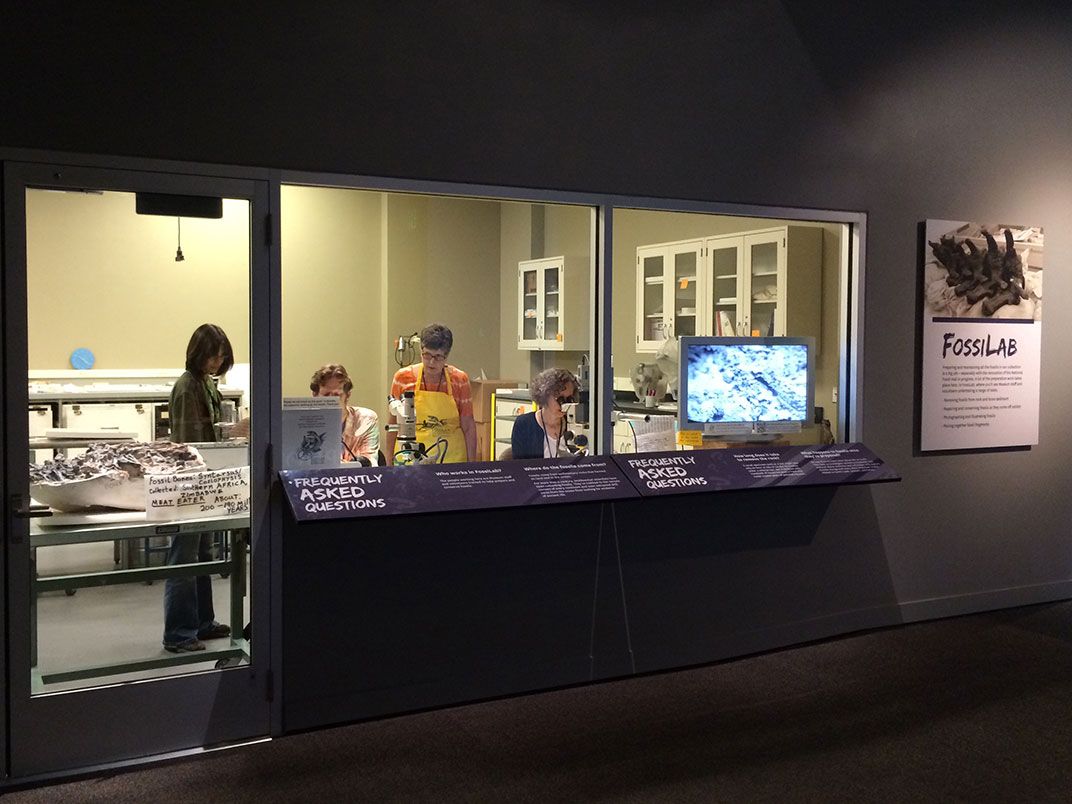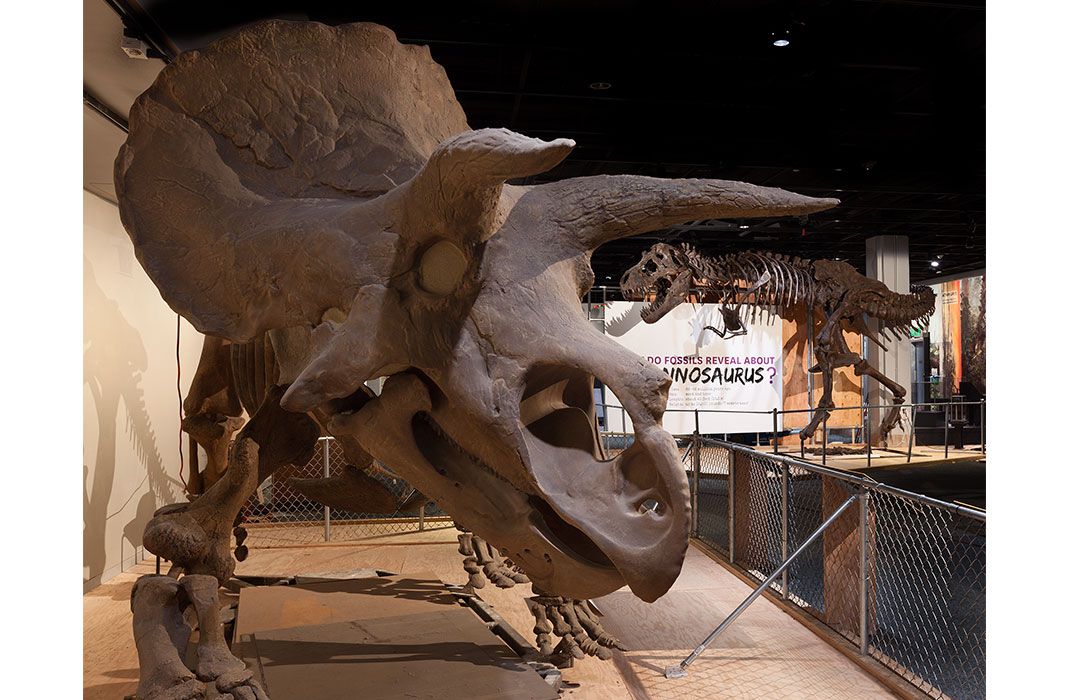What Can the Dinosaurs’ Final Years Tell Us About the Biodiversity Crisis Today?
Failed ecosystems led to the demise of the dinosaurs. Today, plant and animal species are disappearing at exponential rates.
/https://tf-cmsv2-smithsonianmag-media.s3.amazonaws.com/filer/e1/39/e13910ac-8925-4030-a271-e23d214a5569/hatcher-view3web.jpg)
Although dinosaurs roamed the Earth millions of years ago, paleontologists who study fossils from the Hell Creek Formation, located in eastern Montana, North Dakota, South Dakota and Wyoming, have found that the ecosystems that existed back then are comparable to those that support human life today.
Researchers have been examining the ecosystem at the end of the Cretaceous Period in hopes that it will inform the biodiversity crisis of today. As humans continue to alter the Earth's climate, some researchers are building a case that we are currently in the midst of a sixth mass extinction. “Both ecosystems are very complex and surprisingly similar to each other,” says Hans-Dieter Sues, curator of the new exhibition “The Last American Dinosaurs: Discovering a Lost World,” at the National Museum of Natural History. “Anyone exploring western North America 66 million years ago would have seen many familiar animals and plants along with weird ones such as dinosaurs and flying reptiles. Today, we’re looking at this ancient ecosystem, the mass extinction and comparing it with the biodiversity crisis currently going on.”
Extinction plays a critical role in the new exhibition, which features two of the museum's most popular artifacts—a cast of a T.rex and the Triceratops specimen—and will be on view for the next five years as the museum undergoes a massive renovation to its popular dinosaur hall. Sues says the extinction display featuring the dodo, moa bird, Carolina parakeet and ivory-billed woodpecker delivers a critical message about the ongoing research about the preservation of ecosystems.
In Earth’s 4.5 billion-years, there have been five mass extinctions that have wiped out at least one-fourth of all species. The most recent was the extinction that occurred at the end of the Cretaceous period, roughly 66 million years ago, after an asteroid hit the Earth’s surface in what is now the Yucatan Peninsula in Mexico. More than 75 percent of all species, including dinosaurs and flying lizards, were wiped out. Many dinosaurs may have been killed on impact, but the biggest consequence of the asteroid was the subsequent climate shifts that altered the Earth’s atmosphere.
“Climate is a key factor determining the distribution and even the very existence of most living beings,” Sues says. “The fossil record documents how organisms have responded to climate changes in Earth’s past.”
Dust, ash and other materials from the crash blocked radiation from the sun, thus causing a period of prolonged cold weather that made it impossible for plants to carry out photosynthesis. Following this “impact winter” was a period of hot climate caused by the high levels of carbon dioxide released into the atmosphere. At the same time, the collision triggered global forest fires, tsunamis and powerful earthquakes. New research also suggests that changing sea levels and volcanic activity in the period prior to the asteroid impact had already triggered a decline in biodiversity, thus making the dinosaurs more vulnerable.
Most organisms, dinosaurs included, have distinct preferences when it comes to temperatures and humidity. “The body temperatures of many species are directly linked to ambient temperature and, if the latter increases, may be pushed past tolerable limits. Many, perhaps most dinosaurs, were more like birds and mammals in being able to actively control their body temperatures. Climates in western North America became somewhat, but not dramatically, cooler prior to the extinction,” Sues says.
A recent study by Stuart Pimm at Duke University estimates that today, current losses of species are 1,000 times the normal rate for background extinction. Biologists estimate that up to 30,000 plant and animal species are disappearing because of human activity. The extinction of a plant may seem trivial when Earth is home to millions of plant species, but humans rely heavily on biological diversity for food, drinking water, medicines, shelter, clothing and fuel. According to the International Union for the Conservation of Nature, more than 70,000 plant species are used in modern and traditional medicines. The IUCN also estimates the value of global ecosystem services such as filtering fresh water or removing carbon dioxide from the air, which we currently receive for free, at $16 trillion to $64 trillion.
The main causes of biodiversity loss comes from shrinking natural habitats, excessive hunting or fishing, poisoning species through pollution or chemical runoff, introducing invasive species in native populations and human-caused climate change.
Although the scientific community continues to debate whether or not the Earth is in the midst of a sixth extinction period, “we want people to come to this exhibition and realize the importance of healthy ecosystems and biodiversity. It's important to see that even creatures like dinosaurs were part of an overall ecosystem they depended on,” Sues says. “People need to question what it is that humans are doing to the environment and see that species loss is not something abstract, but rather, a phenomenon that affects us all."
The "Last American Dinosaurs: Discovering a Lost World" exhibition will remain on view at the National Museum of Natural History until the completion of the museum's renovated dinosaur and fossil hall, scheduled for opening in 2019.




/https://tf-cmsv2-smithsonianmag-media.s3.amazonaws.com/filer/2e/5f/2e5f8718-a0d0-4842-ab6f-4cbd4b0da665/nhb2014-02916web.jpg)